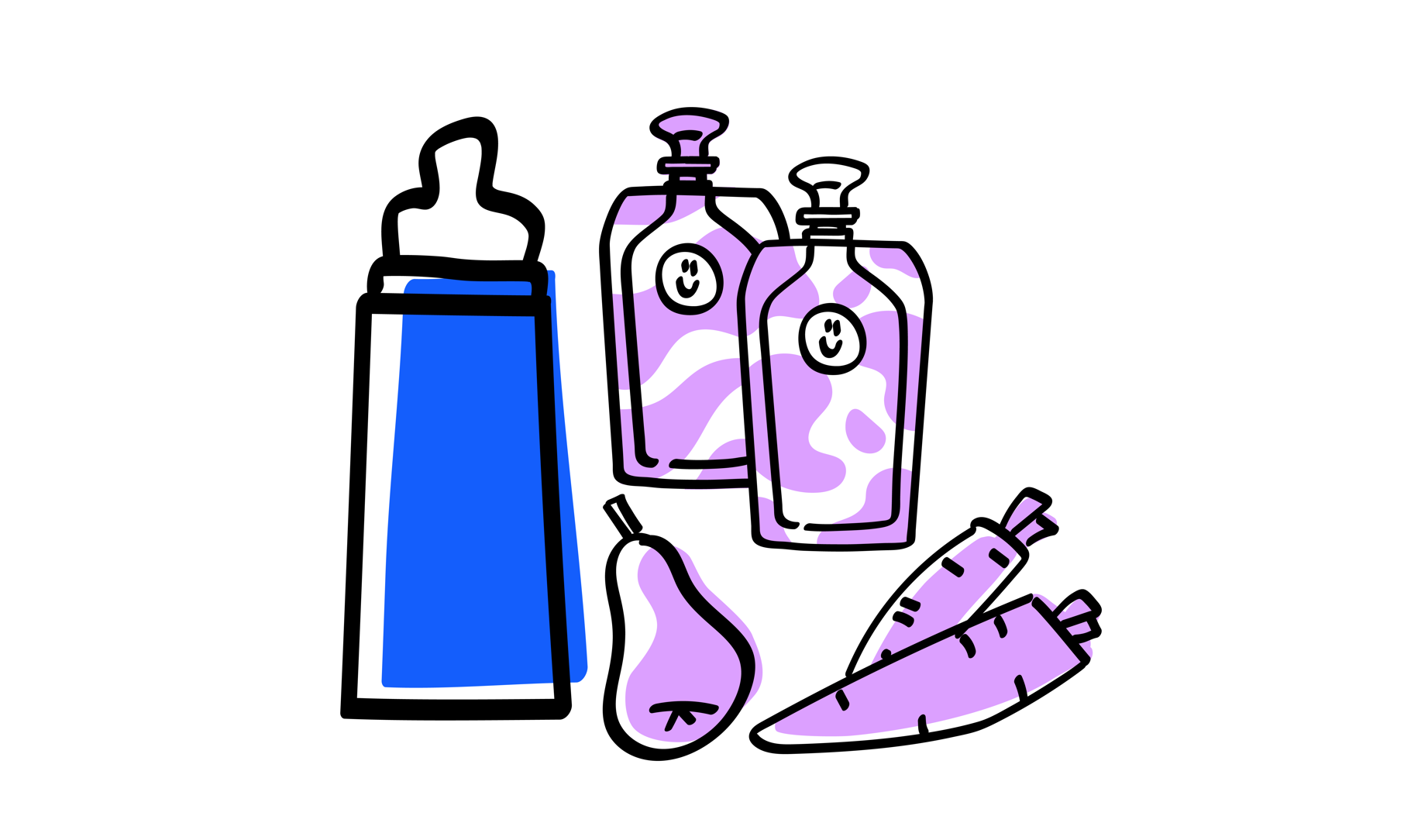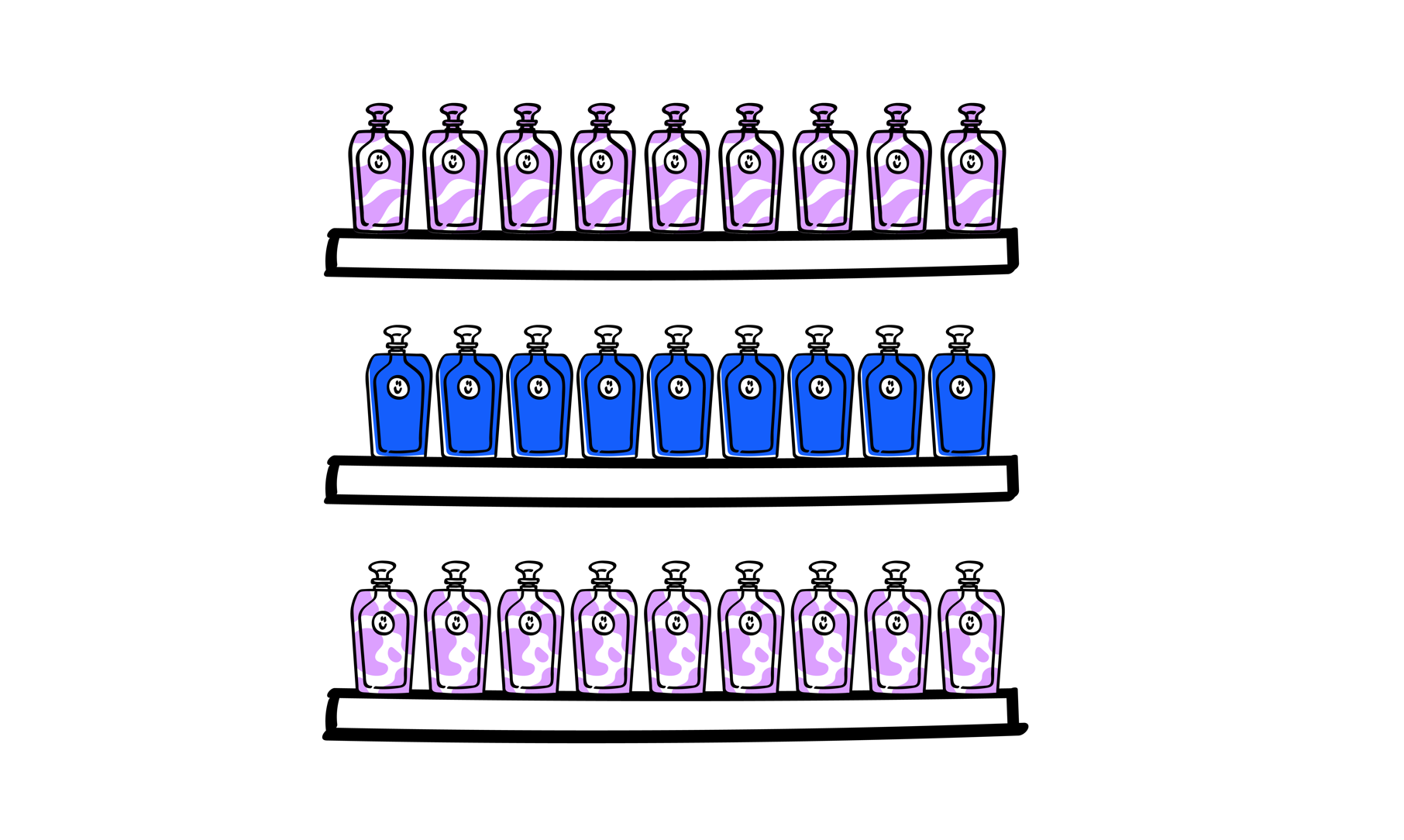Top priorities in baby and toddler food

The importance of early childhood nutrition is universally recognized today. No wonder the category that caters to the littlest of our consumers comes with unique considerations. Every ingredient, process, package, and even safety standard is scrutinized.
So, what is this niche category made of? And what are some of its unique traits? We spoke to two industry experts—Rana Baydoun-Reckart, Global Senior Channel and Ecosystem Manager at SIG Group, and Amanda Vargochik, Co-founder and Chief Innovation Officer at FirstWave—to gather their insights, which we will explore throughout the series.
A look at the baby food aisle
Baby food encompasses a wide range of products – from infant formula and milk to vegetable purees and ready-to-eat toddler meals. Essentially, any food and beverage product specifically meant for infants and young children up to 36 months transitioning into solid foods. The products are formulated to provide essential nutrients, such as vitamins, minerals, proteins, and healthy fats, for growth and development.

Convenience without compromise
Most parents want freshly prepared, homemade meals for their young ones, but this is often unrealistic in today’s busy world. Homemade food also has the risk of spoilage, especially on the go. This makes convenience a key driver in the growth of packaged baby food, as parents seek single-serve portions that deliver optimal nutrition, purity, and age-appropriate options—all with the ease of on-the-go feeding.

Safety in every bite
Every aspect of baby food production and packaging needs to take into account the vulnerability of young children. The industry needs to not only adhere to the strict regulations but also avoid anything that may hint at health issues, offering non-GMO products and no-BPA packaging.
“For me as a mom, my children’s safety is a priority. I, like other parents, would only offer a certain food or formulation if I am 100% sure it is safe – it is free of toxins and harmful substances.”
Rana Baydoun-Reckart
Nutrition with clean label
Clean labels are a top priority. Parents are not taking any chances with their little ones’ delicate digestive systems, avoiding hidden sugars, salts, additives, and preservatives. They want real food with recognizable, natural ingredients and essential nutrients. To meet these demands, brands are not only prioritizing transparency but are also creating effective nutrient blends tailored for young children. Take the emerging trend of superblend products with a mix of multiple superfoods.
“With clean label standards becoming a baseline expectation in baby food, brands are going beyond simple ingredient lists to provide comprehensive testing results for each production batch, ensuring parents know exactly what’s in each product.”
Amanda Vargochik
Getting taste and texture right
Taste and texture play a big role in food acceptance. From non-sweet vegetables to varied textures, baby food products need to align with development stages to support oral motor skills and long-term healthy eating habits. A diverse flavor profile also helps develop children’s palates early, catering to cultural preferences.
The little details matter
The baby food industry commands special attention, adhering to high standards across every detail – from clean, natural ingredients to safe, convenient packaging. What’s more, they need to align with parents' values around health, safety, and sustainability while appealing to the youngest of consumers.
Download our exclusive report with expert insights to get the big picture on the baby food category. Or subscribe to our monthly newsletter to get the story where we discuss how manufacturers are meeting the evolving standards in baby and toddler food.
- January 23, 2025

Expert take: what makes baby food unique

3 essentials for success in baby food

What is key in baby food production?
LINKEDIN
[[body copy]]
Tiny tummies require big considerations. What do parents value most when choosing packaged baby and toddler food? Explore the high stakes and diverse approaches in our new series, The growing world of baby and toddler food.
[[motion text]]
From clean labels
and natural nutrition
to safety and
convenience
Every detail counts
Discover the top priorities at
sig.biz/news-insights/blog
[[link header]]
What parents value most in baby food? | 3-min read
